How to replace the gas column membrane: reasons + repair instructions
Domestic water heaters - gas water heaters are used in old high-rise buildings and private houses for the preparation of sanitary water. Their parts and assemblies tend to wear out like any other equipment. Most often, the water reducer membrane fails, which you can change yourself.
We will tell you how to replace the gas column membrane. In the article we proposed, the steps for preparing for replacing the membrane are described in detail, recommendations are given for its selection. Based on our advice, you will be able to monitor the operation of the gas boiler or restore the water heater’s performance yourself.
The content of the article:
About gearbox and diaphragm location
A device called a water reducer is part of almost any gas heat exchanger design.
This part may have a different configuration depending on the model of the water heating apparatus, but the principle of operation of such devices remains unchanged.
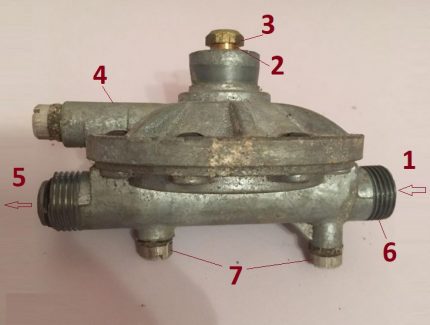
The water reducer mounted on the gas column serves to stably maintain water pressure directly in the heat exchanger system of the water heater. Due to the uniformity of pressure, a uniform flow is ensured, which means the same uniform heating of the liquid.
Part of the gearbox, contributing to the smooth regulation of pressure, is a rubber membrane. This component of the gearbox, made in the form of gaskets usually based on technical rubber, has the shape of a circle. It is installed inside the gear housing.
Due to the long-term operation of the water heating equipment, being constantly in motion, the membrane gradually wears out. Wear of technical rubber in individual places leads to gusts of material.Accordingly, the function of regulating the water pressure ceases to act according to the specified algorithm.
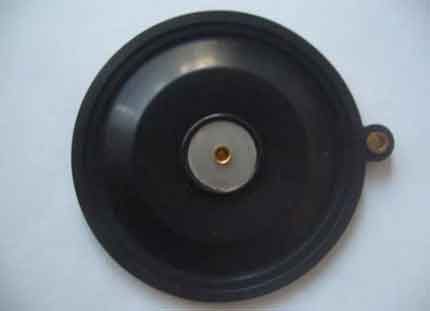
In such cases, it becomes inevitable to replace the rubber membrane of the gearbox in the gas column because the water heater is not working properly.
The quality of heating sanitary water decreases sharply, and in other cases, the column simply cannot be included in the work. Lost comfort for the user.
Gearbox Replacement Steps
Based on the rules of servicing gas equipment and precisely following these rules, the implementation of any installation, locksmithing, and also work related to power supply is the prerogative of gas service providers, in particular, the local gas service company.
What you need to know before starting work?
In other words, it is forbidden for owners of gas columns to perform work on gas equipment on their own. And even considering that the water reducer is theoretically not related to the gas system, it is also forbidden to disassemble this part of the structure and change the membrane with your own hands.
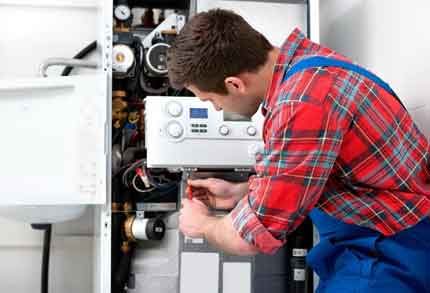
Sometimes the desire to do everything yourself, without practical experience in performing this kind of work, can turn into disastrous consequences. As evidenced by the numerous accidents associated with domestic gas equipment.
However, premature wear of the membrane and other pressurized water heater components can be prevented by timely equipment cleaning own hands or by the representative of the gas service.

Often there are masters who are ready to independently change the membrane of the gearbox on the gas column. Moreover, to perform such an operation, in fact, is not difficult in the presence of locksmith skills.
Do this easy job as follows:
- Using the documentation or by opening the column housing and examining the internal contents, determine the brand (model) of the installed gearbox.
- Based on the technical information received, they acquire a new membrane on the market.
- If the equipment is imported, you may need to purchase a membrane only on order.
- If there is a membrane, they shut off the gas supply to the equipment, close the tap for supplying cold water from the central heating system.
- Drain the contents of the heat exchanger gas heater, using a service drain valve for this, the location of which is determined according to the documentation.
After these operations, you can proceed to dismantle the gear unit. However, one should not rush here. Work must be done carefully, carefully, so as not to damage other closely spaced parts of the gas column.
Gearbox dismantling and disassembly
The water pressure reducer has an inlet and outlet nozzles. Actually, thanks to threaded union connections, the device is mounted inside the gas system, directly on the water flow line.
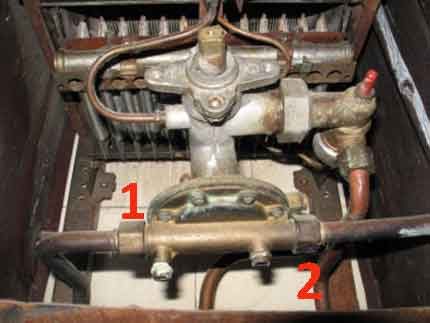
Therefore, to dismantle the device, it is necessary to unscrew the two union brass union nuts on the pipeline.But before performing this work, it is recommended to unscrew one or both plugs on the drain branches of the gearbox, which are located under the poppet body.
The nuts should be loosened smoothly, while at the same time holding the device from possible rotation. The mechanism of the device has a rod regulator in contact with another part of the gas column. On some models, the stem head is fixed with a screw. This point should be taken into account and, if necessary, loosen this screw.
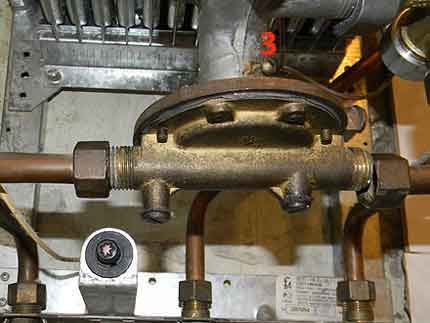
Dismantling may be accompanied by leaking residual water. It is recommended to stock up on comfortable capacious collection utensils.
Brief Membrane Replacement Instructions
The dismantled pressure regulator will need to be disassembled to get to the rubber (silicone) membrane. The disassembled part looks like a plate.
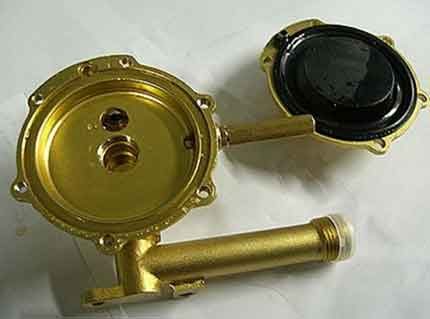
Disassembly / assembly sequence:
- unscrew the fixing screws on the top of the plate;
- gently fork the plate with a flat screwdriver;
- remove the defective membrane;
- install a new one;
- articulate half a plate;
- fasten the joint with screws in a circle.
The correct location of the membrane on the gear plate is determined by a special “key” recess or pin, which, in turn, is located on the radial edge in the same row with the holes for the mounting bolts.
It is necessary to combine the “key” of the membrane with this recess before joining the halves of the plate and screwing in the screws.
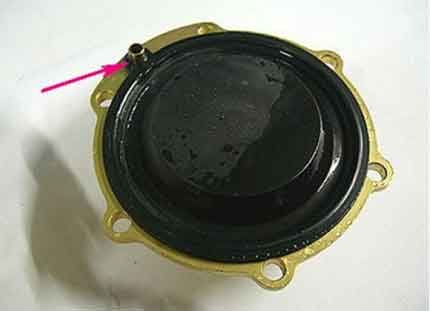
The moment of screw fixing screws is a traditional action. However, it should be borne in mind the uniformity of constriction of the parts of the gearbox. Technically correctly, the puff is performed using the crosswise method. That is, four screws located one opposite each other are tightened first, and then all the others are tightened.
The assembled gearbox, equipped with a new diaphragm, is installed in the reverse order in place. Carefully insert the rod into the tube of the regulating device, level the device to the level of the water pipes. Then manually screw the nuts on adjacent sections of the pipe.
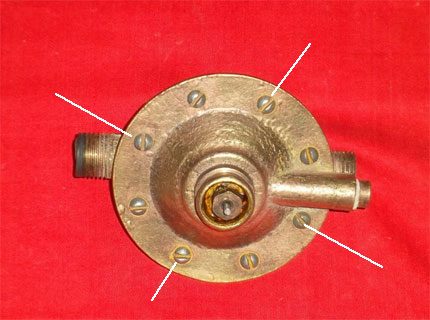
As a rule, pipe connections include gaskets and their proper installation. This moment must be foreseen when installing the gearbox at the installation site. Then it remains only to tighten the fastening nuts, applying a little effort and do not forget to tighten the drain plugs under the plate.
Membrane Shapes and Materials
The design of gas columns is diverse. Accordingly, a change in the design of the gear valve is not ruled out. Therefore, the existence of a variety of shapes of gear membranes is also seen as an obvious phenomenon.
If the product is considered to be a round product, which can often be found when disassembling the valves of domestic gas columns, imported devices are often equipped with "exotic" ones.
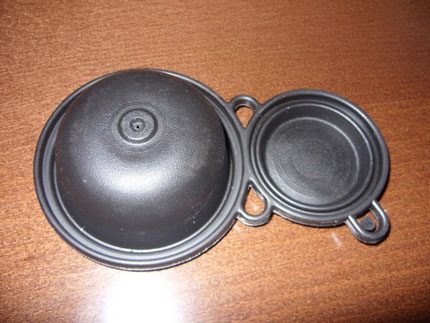
One of such examples is gas water heaters from a well-known foreign company that produces household appliances under the Electrolux brand.Many models of equipment of this brand are equipped with figured membranes in the image of the G8.
Apparatuses of foreign company Vaillant are somewhat less popular in comparison with Electrolux, but they also stand out from the whole range of household gas columns by non-standard manufacturing of gear membranes. When disassembling their valve, there is a chance to collide with a membrane membrane.
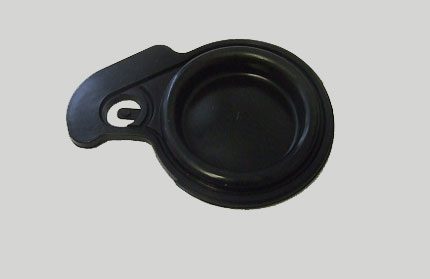
For the sake of objectivity, it should be noted: products of a non-standard shape show finer regulation of duct pressure, however, in terms of long-term operation, they are often inferior to standard ones. Often the degree of durability is determined by the quality of the material.
In practice, it is noted that silicone membranes last longer than rubber ones. However, for silicone an important criterion is the careful filtration of the network water. Even a small amount of sand or rust that falls into the area of the silicone product dramatically reduces the life of the material.

Technical rubber is less sensitive to the effects of suspended particles, but for the most part "suffers" chemically insufficient stability. That is, if the composition of the water to some extent has an aggressive component, under these conditions products from technical rubber usually do not last long.
Repair of membranes of geysers
The desire to save on everything makes some users resort to such a virtual replacement technique as repairing a defective membrane with their own hands.
It should be noted right away: this occupation is probably interesting for a home jack of all trades, but, from the point of view of service, it is absolutely irrational and meaningless.
They try to repair the membrane of gas columns in different ways:
- by puttying with silicone sealant;
- with the help of various types of adhesives;
- overlay of pentelast;
- installation of miniature patches;
- and even masking tape.
The activity of such a "repaired" part lasts, as a rule, no more than 1-2 days. After that, problems begin again, and often even more aggravated.
Repair of membrane plates of gas columns, especially with their own hands, in any case fails. Proven in practice more than once. So, changing “sewn for soap” is not recommended, unless a purely research interest is visible in this matter.
If you can’t restore the functionality of the wall-mounted water heater, you will have to buy a new gas water heater. Introduces the guidelines for the selection of equipment next article, parsing in detail this current topic.
Conclusions and useful video on the topic
The video demonstrates the personal experience of one of the owners of the heater - that is, a do-it-yourself repair of the water pressure regulator. In particular, all repairs come down to replacing the membrane. We remind the audience once again: independent repair of gas systems is unacceptable!
It is easier to find and buy a new membrane for a gas column, replace this accessory according to the instructions described above and sleep peacefully. Moreover, the replacement, in most cases, does not require significant financial costs. On average, 200-300 rubles are enough to buy a complete accessory.
Please leave comments, post a photo on the topic of the article and ask questions in the block below. Tell us about how to choose and change the membrane in a gas water heater. Share useful information and technological nuances that are useful to site visitors.

 What batteries are needed for the gas water heater: how to choose and replace the batteries in the power supply
What batteries are needed for the gas water heater: how to choose and replace the batteries in the power supply 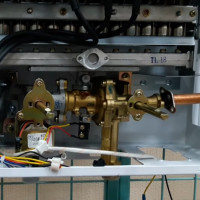 Repair of a water column of a geyser: assembly of a node, major breakdowns and detailed instructions for repair
Repair of a water column of a geyser: assembly of a node, major breakdowns and detailed instructions for repair 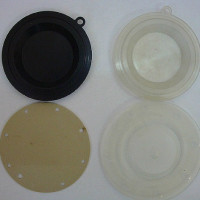 Membrane for a geyser: purpose, principle of operation + replacement instructions
Membrane for a geyser: purpose, principle of operation + replacement instructions 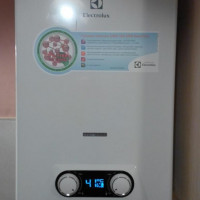 Electrolux Geyser Troubleshooting: Diagnosing Popular Breakdowns and Troubleshooting
Electrolux Geyser Troubleshooting: Diagnosing Popular Breakdowns and Troubleshooting 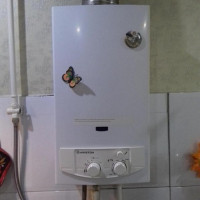 The principle of operation of a gas column: features of the device and operation of a gas water heater
The principle of operation of a gas column: features of the device and operation of a gas water heater 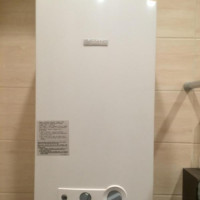 The flame does not ignite in the Bosch geyser: finding the cause of the malfunction and repair recommendations
The flame does not ignite in the Bosch geyser: finding the cause of the malfunction and repair recommendations  How much does it cost to connect gas to a private house: the price of organizing gas supply
How much does it cost to connect gas to a private house: the price of organizing gas supply  The best washing machines with dryer: model rating and customer tips
The best washing machines with dryer: model rating and customer tips  What is the color temperature of light and the nuances of choosing the temperature of the lamps to suit your needs
What is the color temperature of light and the nuances of choosing the temperature of the lamps to suit your needs  Replacement of a geyser in an apartment: replacement paperwork + basic norms and requirements
Replacement of a geyser in an apartment: replacement paperwork + basic norms and requirements
After five years of operation, the gas water heater suddenly stopped working. I figured out what the reason was for a long time, then I realized that the membrane was to blame. I barely managed to get a new one to replace. The import column, I was very afraid of changing it myself, read a lot of instructions. But still, after prolonged torment, I managed to do everything myself, only after a very long time I collected and put everything in its place.
The column began to work somehow strange. My neighbor is a mechanic. I called him, and we began to think what could be the reason. We came to the conclusion that the fault of the membrane was to blame. We fussed with her for half a day. Although you have described everything in the smallest detail, but the lack of practice has affected, and the necessary tool has not been found. In the end, I called a locksmith from the gas industry, and he managed in half an hour.
MEMBRANE 18POP PROTHERM. Barely found in online stores. Yes, and then the issue of availability. 2000 to 3000 price
There are different membrane options. I have Bosch term 4000, I found a membrane for it for 1700r.